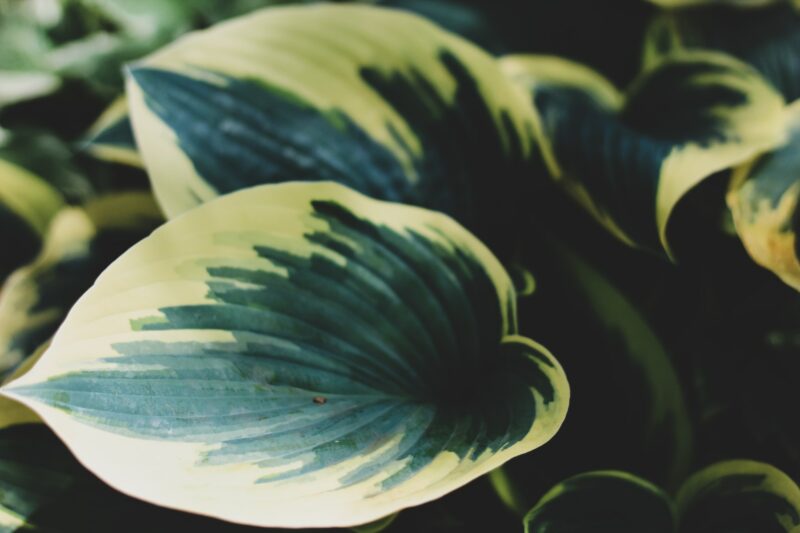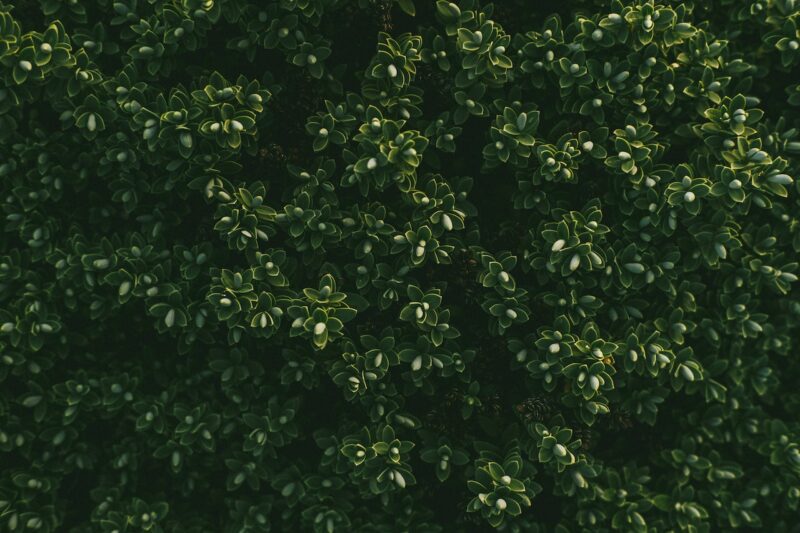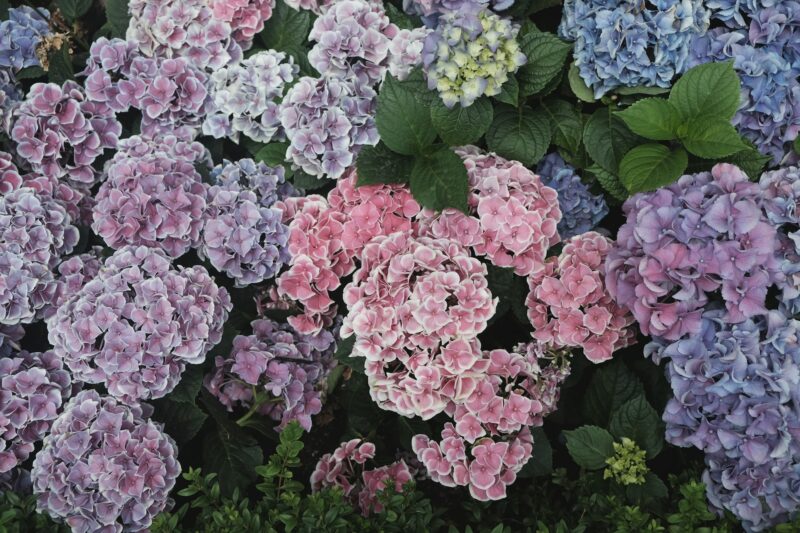
Hosta, commonly known as plantain or hosta lilies, is a perennial plant that is native to East Asia. They have since been widely cultivated around the world because of their beautiful leaves and low maintenance requirements. There are over 3000 varieties now, with new cultivars being created due to the possibility of the plant producing spontaneous genetic mutations that result in a new and unique-looking variety.
Features of hosta
The most striking characteristic of hostas is their foliage. The leaves are large, broad, and often heart-shaped, and they can display a variety of colors (such as green, blue, yellow, and white) and patterns (e.g. variegated, striped). They also come in many sizes, from small compact varieties to giant types. Their flowers are bell-shaped and bloom on tall spikes during the summer, in colors of white or lavender.
Planting and caring for hosta
Hostas prefer partial to full shade, although there are varieties that can tolerate more sunlight. Hence, you should choose a location with morning sun and afternoon shade. This location should also have well-draining soil rich in organic matter. When planting hosta as established plants, the hole dug should be slightly larger than the root ball. The hole must be filled with soil and pressed firmly to eliminate air pockets.
Because hostas tend to spread and form large clumps over time, the plants should be spaced at least 1-3 feet apart to allow ample room for growth. After planting, hosta should be given a thorough watering and the soil kept consistently moist for healthy roots to develop.
Thereafter, ensure that the soil has consistent moisture but is also not waterlogged to avoid root rot. Consistent moisture and weed prevention can be achieved by applying a layer of mulch around the base of the plant. Overhead watering should be avoided, as the wet leaves can be prone to pests and disease.
Occasional fertilization, using a balanced, slow-release fertilizer, can be advantageous to the plant. Excessive nitrogen should be avoided, as it can lead to increases susceptibility to pests. And, speaking of pests, you should watch out for slugs and snails, both of which are common problems for hostas. Slugs and snails can be remedied by using slug traps, barriers, or applying chemical baits. Damaged or decaying leaves should also be promptly removed to avoid pests from feasting on them.
Hostas are typically hardy even in the winter. When they grow to be large and crowding, they can be divided either in the early spring, prior to the start of new growth, or in the fall after the foliage is gone.
Uses in landscaping
Aside from being beautiful, hostas are incredibly versatile plants and can be used in many ways to enhance landscaping. Specifically, their attractive foliage, wide range of sizes, and tolerance for shade make them popular to add in outdoor spaces.
Here are some popular uses of hosta as an ornamental plant in landscaping.
1. Shade gardens: Their vibrant foliage can be used to brighten shady corners, where no other plants can grow.
2. Borders and edging: The range of leaf colors and patterns add a striking interest and contrast to the landscape, especially as borders and edges of garden beds.
3. Mass planting: When you plant a lot of hostas together, it can be an impressive display of texture and color. The tall flower spikes at bloom add to the already stunning leaves.
4. Accent plants: If you plant hostas strategically, they can be focal points and accents.
5. Ground cover: There are some varieties of hosta that grow low and so can be used as ground cover. This way, they can suppress weed growth and also provide a lush cover.
6. Slope stabilization: Because hosta plants have dense root systems, they are excellent at preventing soil erosion.
Hostas can be used not only for outdoor spaces but also for container gardening. They are also versatile enough tp be used in rock gardens and water gardens.
When choosing to use hosta in landscaping, it is important to consider the mature size of the varieties you select, as well as how to cultivate them.
In Vancouver
Hostas grow very well in the Vancouver temperate climate and are quite low-maintenance, as long as you prevent deer and slugs from getting to them. In fact, the invasive species council of BC recommends growing Hosta instead of yellow archangel.
Wondering where to put hostas in your garden…
Or which variety to use (e.g. whirlwind, halcyon, fire island)? Get a consult from Likas Landscaping today and let us help you make your outdoor space your personal oasis.



